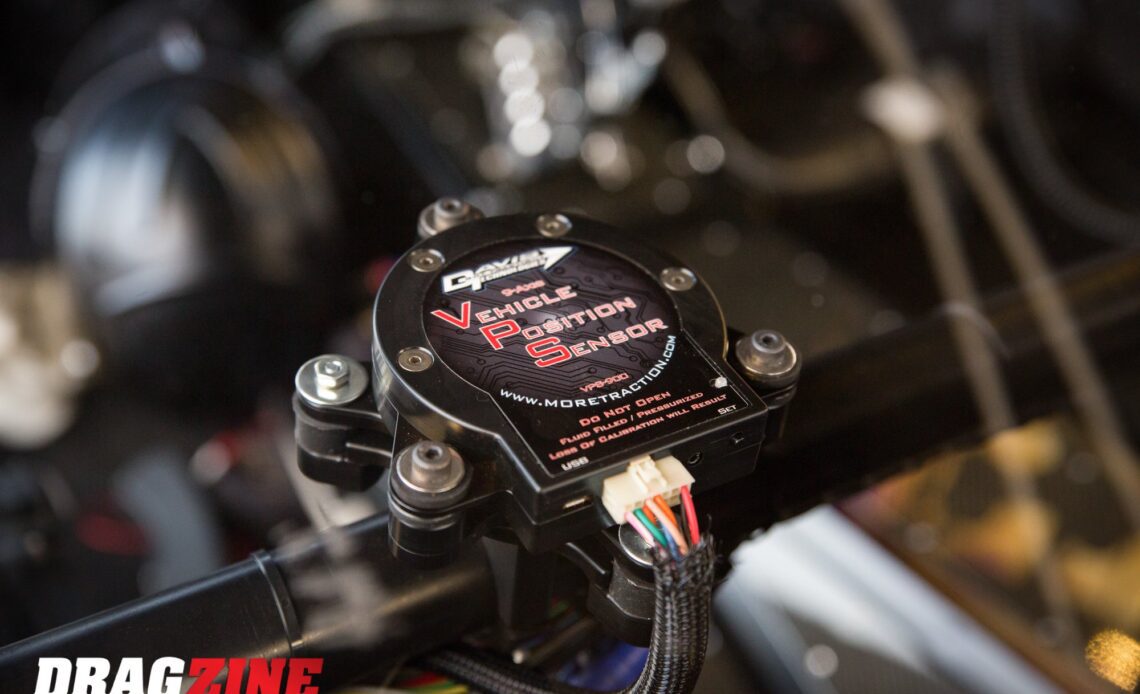Davis Technologies’ Vehicle Position Sensor, known simply as the VPS, has proven itself one of the most advanced and useful products developed over the last decade-plus, and Shannon Davis, the mastermind behind it, continues to find new and better ways to utilize it in concert with other systems in a race car.
The ultra-high-resolution G-meter and accelerometer has been used to create virtual time-slips, and even as a wheelie control device (with an upgraded add-on), capable of sensing changes in pitch angle beyond a defined rate even faster than the driver can. But something wheelie control can be taken a step further, adding new elements of safety to race cars that are increasingly faster and more violent than the human input in the seat can react. The VPS, with its blazing-fast algorithm, can also measure yaw and roll, and as such, can be used to cut the engine power or throw the parachutes when it senses the racecar drifting out of the groove or making a hard turn. This can potentially be the difference between losing control of the race car and hitting the wall, or loading it back up safe and sound at the end of the night.
Shannon Davis dishes on the safety benefits of the Vehicle Position Sensor.
Posted by Dragzine.com on Thursday, December 22, 2022
The VPS uses limits and triggers, which are user-programmed parameters for things like side G-forces, total distance, roll, pitch, and yaw, pitch rate, yaw rate, and forward G-force. These can then fire 12-volt or 5-volt triggers to limit engine RPM by X amount, cut engine power, launch the parachutes, and so on.
Click Here to Read the Full Original Article at DragzineDragzine…

